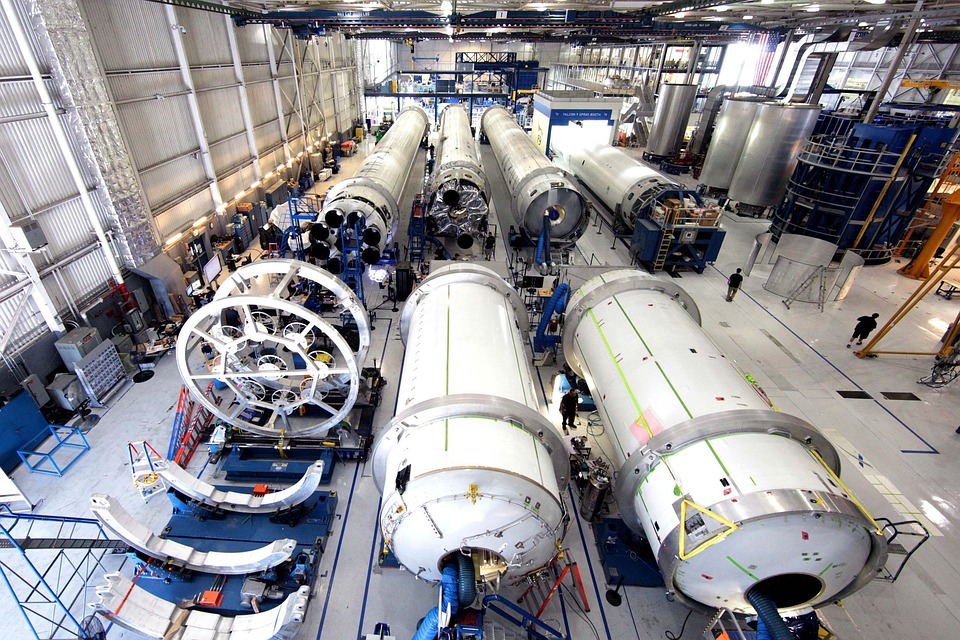In an age where connectivity is paramount, the demand for reliable and high-speed internet access has never been greater. However, remote and rural regions often find themselves grappling with limited options. Enter SpaceX’s Starlink project—a groundbreaking initiative that aims to revolutionize internet access across the globe.
The Vision Behind Starlink
Launched by SpaceX in 2018, Starlink seeks to address the global digital divide by providing high-speed internet access to underserved areas. The project’s vision is simple yet ambitious: to create a constellation of low Earth orbit (LEO) satellites that deliver broadband services to every corner of the planet. With the goal of making the internet accessible in regions where traditional infrastructure is lacking, Starlink aims to connect users in rural areas, developing nations, and even remote islands.
How Starlink Works
Starlink operates through a network of satellites orbiting the Earth at altitudes ranging from 340 kilometers (211 miles) to 1,200 kilometers (746 miles). These satellites communicate with ground stations and user terminals, allowing data to be transmitted rapidly. Each satellite can relay internet signals with low latency—typically around 20 to 40 milliseconds—making it competitive with traditional broadband services.
Key Components:
-
LEO Satellites: Unlike traditional geostationary satellites that orbit at around 35,786 kilometers (22,236 miles), Starlink satellites are positioned much closer to Earth. This proximity reduces signal latency.
-
User Terminals (Dishes): Starlink users are provided with a satellite dish that can automatically adjust to align with the satellite signal. The dish is designed for easy installation and operates effectively in diverse weather conditions.
- Ground Stations: These facilities receive internet data from satellites and connect to the broader internet infrastructure. Starlink currently operates numerous ground stations worldwide.
Current Status and Performance
Since its initial launch, SpaceX has successfully deployed thousands of Starlink satellites, with a plan to eventually have a constellation of over 40,000 units. As of 2023, Starlink has millions of users globally, including households, businesses, and even schools in remote areas. Users have reported download speeds averaging between 50 Mbps and 150 Mbps, with latency making it suitable for activities like online gaming and video conferencing.
Addressing Challenges
While Starlink offers significant benefits, it does not come without challenges. Concerns about space debris and the potential for increased traffic in Earth’s orbit have raised alarms among astronomers and aerospace experts. SpaceX has taken steps to mitigate these risks by designing satellites that can deorbit safely and employing measures to avoid collisions.
Moreover, the cost of service—typically around $110 per month plus a one-time equipment fee—may still be prohibitive for some users. However, as the technology matures and more satellites are launched, there is hope for price reductions and broader accessibility.
The Future of Starlink and Satellite Internet
SpaceX plans to expand the Starlink constellation further, partnering with other organizations and governments to enhance service availability. Innovations in satellite technology, combined with ongoing developments in ground infrastructure, promise to enhance Speed, cover more remote areas, and provide affordable service.
The implications of successful satellite internet reach far beyond mere connectivity. It can enhance educational opportunities, support telemedicine in underserved areas, foster economic growth by enabling businesses to thrive, and even facilitate disaster response in remote locations.
Conclusion
Starlink is more than a satellite internet service; it represents a paradigm shift in how we access information and connect with the world. As SpaceX continues to advance its vision, the prospect of universal internet access moves closer to reality. With Starlink, millions of people who have long been on the wrong side of the digital divide are finally getting the opportunities they deserve. The age of satellite internet is here, and it promises to transform our global landscape.



